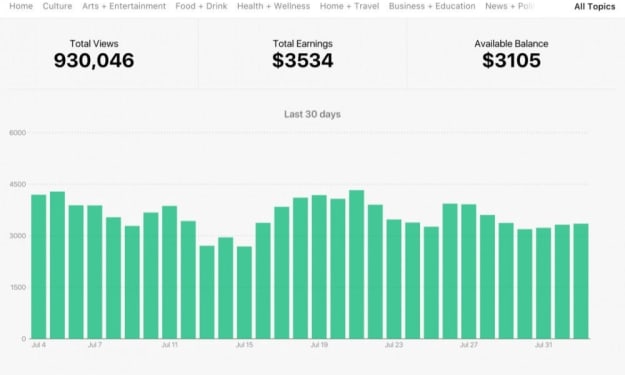YouTube vs. Facebook
A Comparative Analysis of the Two Titans in Social Media

Social media platforms have become an integral part of our daily lives, transforming the way we connect, share, and consume content. Among the giants of the social media landscape, YouTube and Facebook have emerged as dominant players, attracting billions of users worldwide. In this article, we will conduct a comprehensive comparative analysis of YouTube and Facebook, exploring their origins, features, user demographics, content formats, monetization options, and their impact on society. By delving into their similarities and differences, we aim to provide a nuanced understanding of these platforms and shed light on their respective strengths and weaknesses.
Origins and Evolution (200 words)
YouTube, founded in 2005, revolutionized the online video-sharing industry by allowing users to upload, share, and discover videos. Originally conceived as a platform for user-generated content, YouTube quickly gained popularity, eventually attracting Google's attention, which acquired it in 2006. In contrast, Facebook, founded in 2004, began as a social networking site exclusive to Harvard University students and gradually expanded to other universities and eventually the general public.
Features and User Interface (250 words)
YouTube's core feature revolves around videos, offering a seamless user interface for uploading, watching, liking, and commenting on content. The platform provides extensive search and recommendation algorithms, allowing users to discover videos based on their interests. Facebook, on the other hand, focuses on connecting people through profiles, newsfeeds, and a wide range of multimedia content, including text posts, photos, and videos. It also offers features like groups, events, and marketplace, enhancing its social networking capabilities.
User Demographics (250 words)
YouTube boasts an expansive user base with a diverse demographic profile. It attracts users across different age groups, with younger audiences being particularly active. On the other hand, Facebook has a larger user base, spanning multiple generations and demographics, making it more inclusive. However, recent trends have shown a decline in Facebook's popularity among younger users, who are increasingly gravitating towards platforms like Instagram and TikTok.
Content Formats (200 words)
YouTube primarily focuses on video content, offering a vast array of genres, from educational tutorials to entertainment, music, gaming, and vlogs. The platform encourages content creators to produce high-quality videos and build a subscriber base. Facebook, while supporting video content, also emphasizes text-based and image-based posts. It provides a space for both short-form and long-form written content, as well as visual content in the form of images and memes. Facebook's algorithmic feed promotes posts based on engagement levels and relevance to the user's interests.
Monetization Opportunities (250 words)
YouTube's monetization model is well-established, allowing creators to earn revenue through advertising, brand partnerships, and sponsorships. Content creators can apply for the YouTube Partner Program and monetize their videos through advertisements displayed before, during, or after the content. Additionally, YouTube offers features like channel memberships, Super Chat, and YouTube Premium subscriptions, providing additional income streams. Facebook, in comparison, has been more focused on organic reach for content creators, with monetization options mainly available for influencers and public figures. It introduced features like Facebook Stars, branded content partnerships, and fan subscriptions to support content creators financially.
Impact on Society (400 words)
YouTube has transformed the media landscape by democratizing content creation and giving individuals a platform to share their ideas, talents, and stories with a global audience. It has empowered marginalized voices, fostered educational initiatives, and fueled social movements. However, concerns have been raised about the platform's role in the spread of misinformation and the potential impact on mental health due to the constant comparison and pursuit of viral success.
Facebook, as a social networking platform, has connected people across the
world, facilitating communication and fostering communities. It has become a tool for social activism, enabling movements to mobilize and spread awareness. However, Facebook has faced criticism for its handling of user data and privacy concerns, as well as its role in the dissemination of misinformation and the polarization of public discourse.
Conclusion (100 words)
YouTube and Facebook, as leading platforms in the social media landscape, have shaped the way we connect, share, and consume content. While YouTube has become synonymous with online video content, Facebook has evolved into a comprehensive social networking platform. Both platforms have their strengths and weaknesses, catering to different user preferences and content formats. Understanding their origins, features, user demographics, monetization options, and societal impact is essential in comprehending their significance in the digital age. As the social media landscape continues to evolve, these platforms will play a crucial role in shaping the future of online communication and content consumption.





Comments
There are no comments for this story
Be the first to respond and start the conversation.